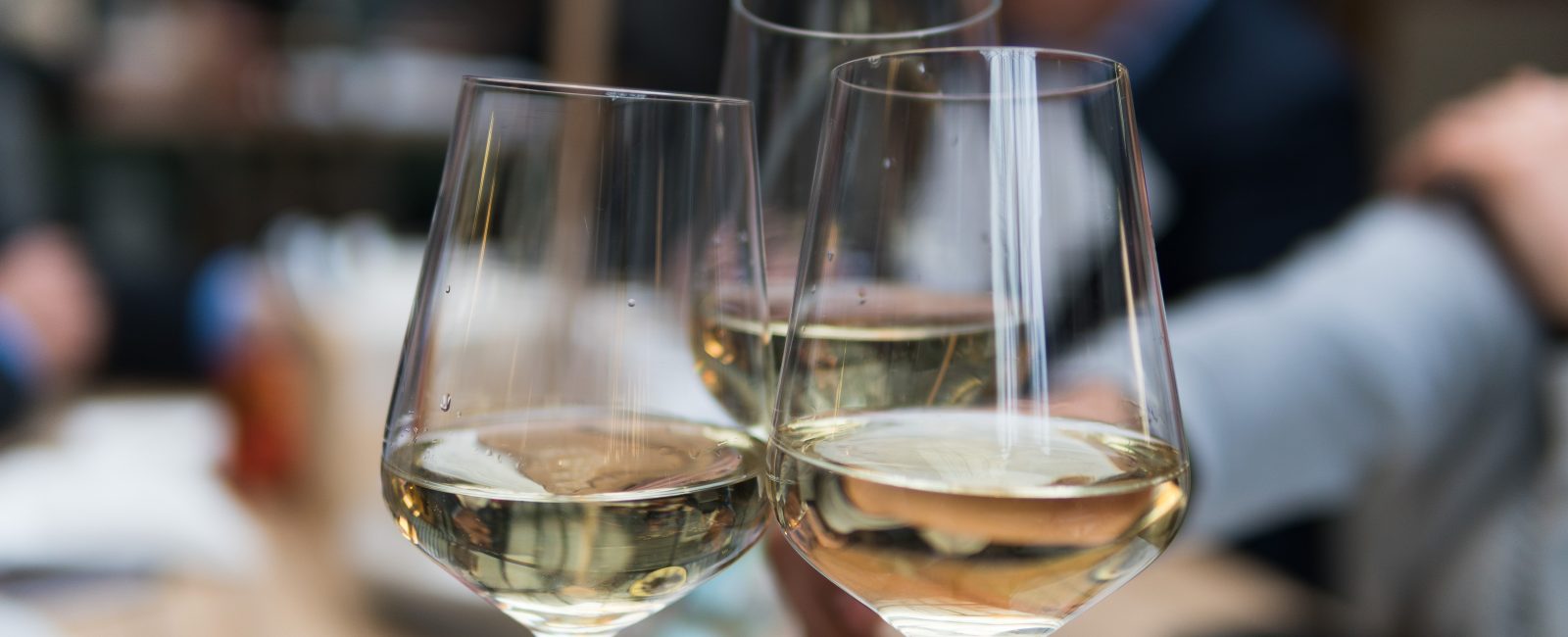Picturesque landscapes of rolling hills, sunkissed vineyards, and olive trees intertwined with beautiful farmhouses and castles, ancient paths, and cypress trees. Yes, this is Tuscany, the birthplace of the Renaissance and one of the world`s most famous vine regions.
Located in central Italy, along the Tyrrhenian coast and surrounded by beautiful Florence and Siena, Tuscany is divided into four smaller wine-growing areas, including:
- Chianti
- Montalcino
- Montepulciano
- The Tuscan Coast
Sangiovese grapes are the predominant variety (two-thirds) in the entire Tuscan wine region, including Chianti, Montalcino, and Montepulciano. It is used for making the best, high-quality red wines in the world. Cabernet Sauvignon can be found in warmer climate areas like the Tuscan coast.
When it comes to white varieties, Trebbiano, Vernaccia, and Vermentino grapes are used for making high-quality Tuscan whites.
Typically, the climate in Tuscany is the Mediterranean, with no rain and very hot summer days, warm springs, and mild autumn and winter.
What is a Super Tuscan Wine?
The first Tuscan wine was created in the 1970s and was initially called “Tignanello”. The term was originally introduced in the 1980s and is used to describe Tuscan red wines made from non-traditional grape varieties, including Cabernet Sauvignon, Merlot, and Syrah.
Super Tuscan wines are high-quality red and white wines made using grape blends that are not approved in the Tuscan appellation law.
The most popular Super Tuscans include Sassicaia, Tignanello and Ornellaia.
History of Super Tuscan Wines
The story of Super Tuscans starts back in the 1960s when the Chianti wine-makers started experimenting with non-indigenous grape varieties like Bordeaux red blends, other than the classical Sangiovese grapes.
Sassicaia is the first Super Tuscan wine, made by Marchese Mario Incisa della Rochetta who had been making wine for their own pleasure from Cabernet Sauvignon and Cabernet Franc, planted in Bolgheri on the Tuscan coast.
The wine was first released in 1968 and labeled as a table vine due to the rigorous Tuscan laws. These appellation laws did not allow the use of non-indigenous grape varieties, but also there was a restriction for using 100% Sangiovese Chianti with mandatory use of other (poor quality) varieties, as well as a minimum of 10% white grape varieties.
Chianti wine producers who were striving for quality decided to rebel against the laws and started using Cabernet Sauvignon in the Sangiovese wines, which were still labeled as Vino da Tavola (table wines). Many other Tuscan wine producers started following his example, creating a whole new brand of well-crafted, world-class red wines, popularly called the Super Tuscans.
Today, Super Tuscan wines can have DOC, DOCG, or IGT status.
Premier Super Tuscan Wines
Here is a short rundown of the best Super Tuscan wine producers along with their wines and prices.
Antinori Bruciato 2020 (€ 22.19)
With a winemaking tradition dating from the 13 century, the Antinori family is most famous for their outstanding Super Tuscan Tignanello. The Antinoris have opened a number of wineries across the world and have the best expertise in choosing the best estates with the best terroir.
This Bruciato is specially crafted by Cabernet Sauvignon, Merlot, and Cabernet Franc grapes. By uncorking the bottle you will get enchanted by the rich red berry aromas, followed by earthy notes which on the palate transform into black cherries, cassis, and herbaceous notes. Rich flavor profile and refined structure, excellent for cellar collection.
Ornellaia Le Serre Nuove 2019 (€ 44.50)
High-class and complex Bordeaux-style blend made in Tenuta dell`Ornellaia, one of the most popular wine estates in Italy. Ornellaia Le Serre Nuove 2019 is skillfully made by the most prominent grape varieties, including Merlot, Cabernet Sauvignon, Petit Verdot, and Cabernet Franc.
The wine opens with rich notes of red cherry, raspberry, and blackberry, followed by notes of wild rose and licorice. Firm and well-balanced tannins, excellent for extended cellar aging.
L’Alberello Bolgheri Superiore 2017 (€ 50.37)
Located on the Tuscan Coast, Bolgheri has an exceptional Mediterranean climate and rich terroir. The Gratamacco winery enjoys a high reputation for producing high-class Super Tuscan and classic Italian wines.
L’Ablarello Bolgheri Superiore is made of 70% Cabernet Sauvignon and the other 30% include Cabernet Franc and Petit Verdot grape varieties, depending on the vintage. The vinification process implies organic methods and sustainability following the best organic standards.
The resulting product is a rich, intense wine deluxe, with enticing notes of dark plum, ripe cassis, and soft spice aromas. Full-bodied, with firm tannins and powerful dark berry flavors on the palate, with a touch of mint, smoke, and sweet tobacco. Cellar up to 15 years.
Antinori Guado al Tasso Bolgheri Superiore 2018 (€ 96.59)
Another masterpiece comes from the Antinori family with an extremely high reputation and quality. The seaside vineyards relish in the warm climate with a refreshing breeze during the hot summer days, surrounded by rolling hills which make a special climate allowing gradual ripening of the grapes, which results in rich, and complex flavors of the wines.
This royal Super Tuscan wine has received great appreciation from the world`s top wine connoisseurs, including Antonio Galloni, Robert Parker, and James Suckling. It is carefully made with a special selection of Merlot, Cabernet Sauvignon, Cabernet Franc, and a little bit of Petit Verdot. The wine is intense, luxurious, and full-bodied. It has distinctive flavors and fragrances of ripe dark cherries, coffee beans, tobacco, and sour chocolate.
This premium case is the best way to feel and grasp the unique taste of Super Tuscan wines for the best price. It will bring the impeccable beauty of Toscana into your home, which can enrich your wine collection with the most precious wines in the world.





